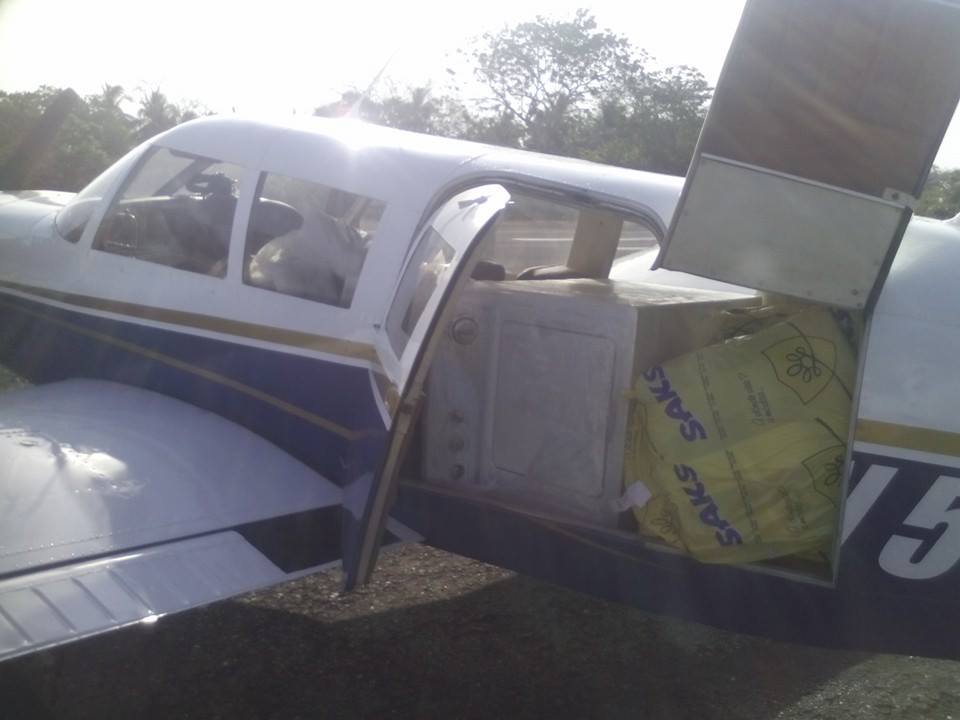Hello everyone. I am brand new to this community. Not sure if I am posting in the correct place but I wanted to gather opinions on a single for a family of 4. I would like to get back in to general aviation flying as I currently fly an Airbus but it’s not “flying!”
Anyway I love the Cirrus but it is my understanding that one really needs a six seater to carry 4 people and bags. Also, I live in Las Vegas so we have high temps and high mountains.
I just started reading about Piper Lances and Saratogas. Are there significant differences between the two? How about options to look for/avoid? I assume fixed gear would be beneficial. Also if there are other models that I should look into I would be interested in learning more.
Thank you. Sorry for the long post!
Anyway I love the Cirrus but it is my understanding that one really needs a six seater to carry 4 people and bags. Also, I live in Las Vegas so we have high temps and high mountains.
I just started reading about Piper Lances and Saratogas. Are there significant differences between the two? How about options to look for/avoid? I assume fixed gear would be beneficial. Also if there are other models that I should look into I would be interested in learning more.
Thank you. Sorry for the long post!





